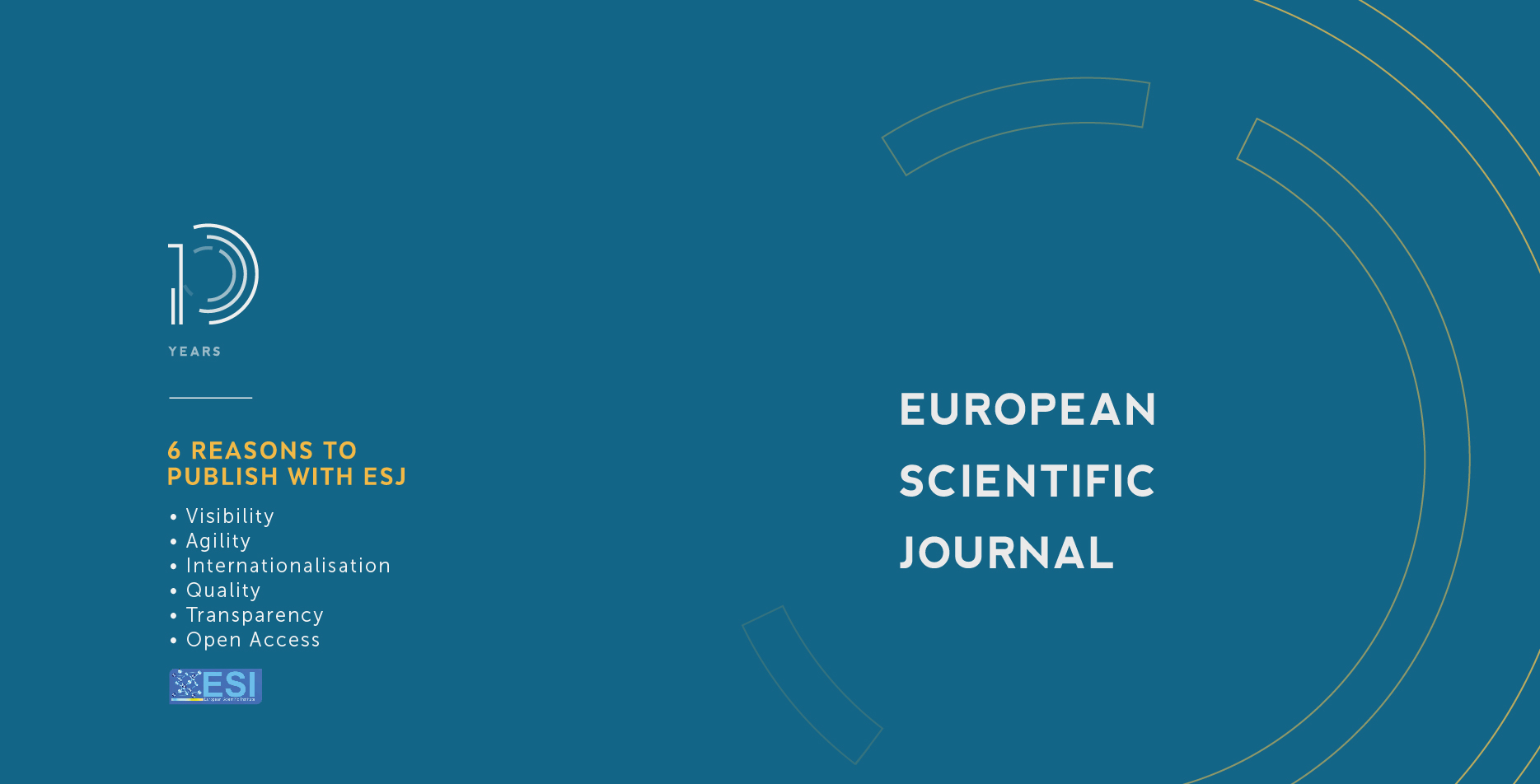Clima-Organizacional Estudiantil en Contexto de Diversidad Cultural, Aplicando un Modelo de Correlación en el Norte de Sinaloa
Abstract
El Clima organizacional (Co) es importante para estimular, impulsar y mejorar la productividad del Recurso humano (Rh) que genera, crea, promueve, gestiona y mantiene constante innovación para el desarrollo grupal e individual. Se analizaron condiciones de Co en estudiantes de tres unidades académicas de una Universidad intercultural en Sinaloa para detectar, fortalezas, debilidades, oportunidades y amenazas. Se aplicaron 1,176 encuestas (escala Likert-siete niveles), con 70 preguntas, siendo validada por alfa de Cronbach (0.86). El muestreo fue por Método Aleatorio Estratificado, Afijación Proporcional con nivel de confianza (97%) y error (2.8%) para N=5,375. Se estratificó por unidad y carrera, en el caso de Los Mochis, se tuvo una muestra de (n=703); Mochicahui, (n=361) y Choix, (n=112). Las variables medidas fueron: Servicio a estudiantes (Se), Respeto a la Diversidad Cultural (Rdc), Cohesión (Cn), Gestión (Gn), Área Física (Af) y Equidad (Eq). Se aplicó el Coeficiente de Correlación (Pearson) con regresión bivariada y multivariada. Se fue estadísticamente significativa con Co (r=0.787 P<0.01); Co con Rdc (r=0.761 P<0.01); Co con Cn (r=0.832 P<0.01); Co con Gn (r=0.834 P<0.01); Co con Af (r=0.796 P<0.01) y Co con Eq (r=0.820 P<0.01). La R2 fue de 91.8%. De acuerdo al predictor de las seis variables analizadas las más significativas en orden de importancia fueron: Af, Se, Gn, Eq, Rdc y Cn, para la toma de decisiones. Las fortalezas son que la Universidad es incluyente; sus debilidades son: existe una organización y gobierno “vertical”, fragmentando la unidad; amenazas, desunión y falta de comunicación; oportunidades, sus programas están certificados y con calidad educativa.
Organizational climate (Co) is important to stimulate, boost and improve the productivity of the Human Resource (Rh) that generates, promotes, manages, creates and maintains constant innovation for group and individual development. Objective. Co conditions were analyzed in students of three academic units of an intercultural University in Sinaloa, to detect, strengths, weaknesses, opportunities and threats. Method. 1,176 surveys were applied (Likert scale-seven levels), with 70 questions, being validated by Cronbach's alpha (0.86). Sampling was by Stratified Random Method, Proportional Locking, with confidence level (97%) and error (2.8%) for N= 5,375. It was stratified by unit and career, in the case of Los Mochis, there was a sample of (n= 703); Mochicahui, (n = 361) and Choix, (n = 112). The variables measured were: Student service (Se), Respect for Cultural Diversity (Rdc), Cohesion (Cn), Management (Gn), Physical Area (Af) and Equity (Eq) Results The Correlation Coefficient (Pearson) was applied, with bivariate and multivariate regression. It was statistically significant with Co (r = 0.787 P <0.01); Co with Rdc (r = 0.761 P <0.01); Co with Cn (r = 0.832 P <0.01); Co with Gn (r = 0.834 P <0.01); Co with Af (r = 0.796 P <0.01) and Co with Eq (r = 0.820 P <0.01). R2 was 91.8%. According to the predictor of the six variables analyzed the most significant in order of importance were: Af, Se, Gn, Eq, Rdc and Cn, for decision-making. The strengths are that the University is inclusive; its weaknesses are: there is a “vertical” organization and government, fragmenting the unit; threats, disunity and lack of communication; opportunities, its programs are certified and with educational quality.
Downloads
Metrics
PlumX Statistics
Copyright (c) 2021 Oscar Alejandro Viramontes-Olivas, Ernesto Guerra García, René Arroyo Ávila, María del Rosario de Fátima Alvidrez Díaz, Cesar Báez Terrazas

This work is licensed under a Creative Commons Attribution-NonCommercial-NoDerivatives 4.0 International License.








